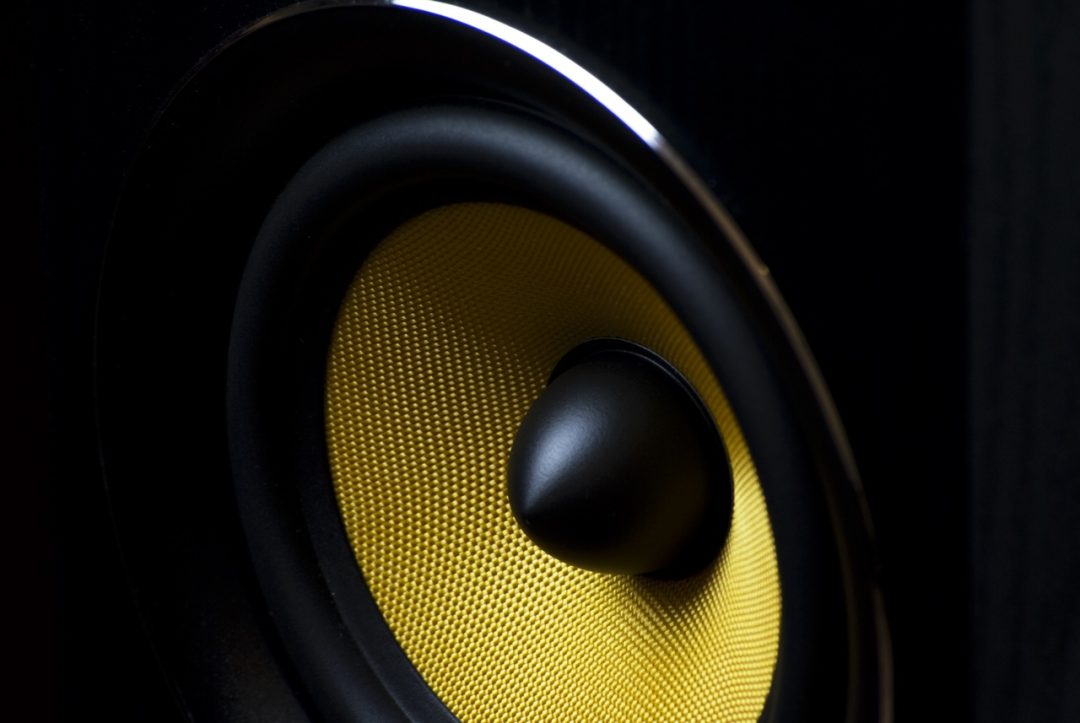Subwoofers convey a ton of low-end information and give us a feeling of fullness and power. In many cases, sub frequency content is felt more than heard, as in you can’t always pinpoint a fundamental frequency or pitch, but you can definitely feel the rumble of the lows. If your subwoofer sounds weak, it could be from a number of causes which are usually fixable.
What Does It Mean When a Subwoofer Doesn’t Sound Right?
Consumer subwoofers typically have a frequency response between 20 Hz and 200 Hz, while professional subs for live sound reinforcement are meant for frequencies below 100 Hz. If you sense something’s wrong with the subwoofer in your system, it could be that there’s a problem elsewhere in the chain of components. For the most part, there are a series of troubleshooting tips that should remedy most subwoofer issues not related to a full-blown failure.
If your subwoofer sounds weak, investigate several common causes which we’ll cover below.
What Does a Blown Subwoofer Sound Like?
Like any broken speaker, a blown subwoofer can sound fizzy, buzzy, crackly, static-y, poppy, rattly, etc. In the event that your subwoofer is blown out, it will unfortunately be fairly obvious. Consult a loudspeaker repair person should you not feel comfortable attempting to fix it yourself.
Why Does My Subwoofer Sound Weak? (7 Common Causes & How to Fix Them)
- RELATED: Sub Bass: EQ and Mixing Tips
1. Minimum Low-Frequency Output
Before anything else, test your subwoofer with a sound source that has a lot of deep bass in it. It could very well be that you’re playing back a song, show, or movie that doesn’t actually have a lot of subs in it. We’ve put together a list of songs that have a lot of low-end information in them that you can check out for this very purpose, and definitely play your own favorites to test it!
2. The Subwoofer Is Underpowered
Under-powering your sub with an inadequate amp won’t hurt it, but it’ll definitely make it sound weak. Make sure that you match your passive subwoofer to a recommended amplifier to get the full power from it. Also, be sure to not use an old or otherwise compromised amp. There’s a potential for failure and sending clipped signals which could actually damage the sub.
3. Wrong Speaker Settings
This could refer to a number of things; in this case, double check the volume setting on the sub itself. Check the crossover frequency and other any important settings on the subwoofer to make sure everything checks out. If the crossover on the sub is set too high, you might have frequencies from the other speakers clashing with what the sub is trying to do.
Certain active subwoofers come with their own onboard EQ settings for room correction. Go over those as well if your subwoofer sounds weak.
4. Poor Room Acoustics
Poor room acoustics account for all sorts of problems. However, low and sub frequencies in an untreated room are more likely to be amplified than attenuated. The physical wavelengths of low frequencies are longer than those of higher frequencies, so they take longer to disperse throughout a space. Bass build-up is one of the most common acoustic problems in untreated rooms, so you might find that your subwoofer doesn’t sound weak, but that it’s overwhelming.
Lows often collect in the corners of rooms, which is why bass traps are recommended there. Subs/lows are also non-directional frequencies, meaning they’re not easily localized; instead, they have a tendency to fill a room and cause constructive interference that amplifiers specific frequencies.
5. Improper Polarization
Phase problems could be making your subwoofer sound weak. Try flipping the polarity on the sub so that its driver moves inward while the other speakers’s drivers move outward and vice versa. You might find that reversing polarity actually makes your sub more powerful.
6. Bad Amplifier Connection
Double check that all of your cable connections are tight and secure, and also that you don’t have a bad cable anywhere in the system. It sounds obvious, but sometimes the most obvious solutions are what we forget when we’re troubleshooting.
7. Incorrect Amplifier Size
A tell-tale sign of the wrong amp is when your sub sounds fine at low volumes, but sounds weak when you crank it up. Verify the manufacturer’s recommendation on amplifier size to make sure you’re providing ample power to the subwoofer if it doesn’t sound right.
